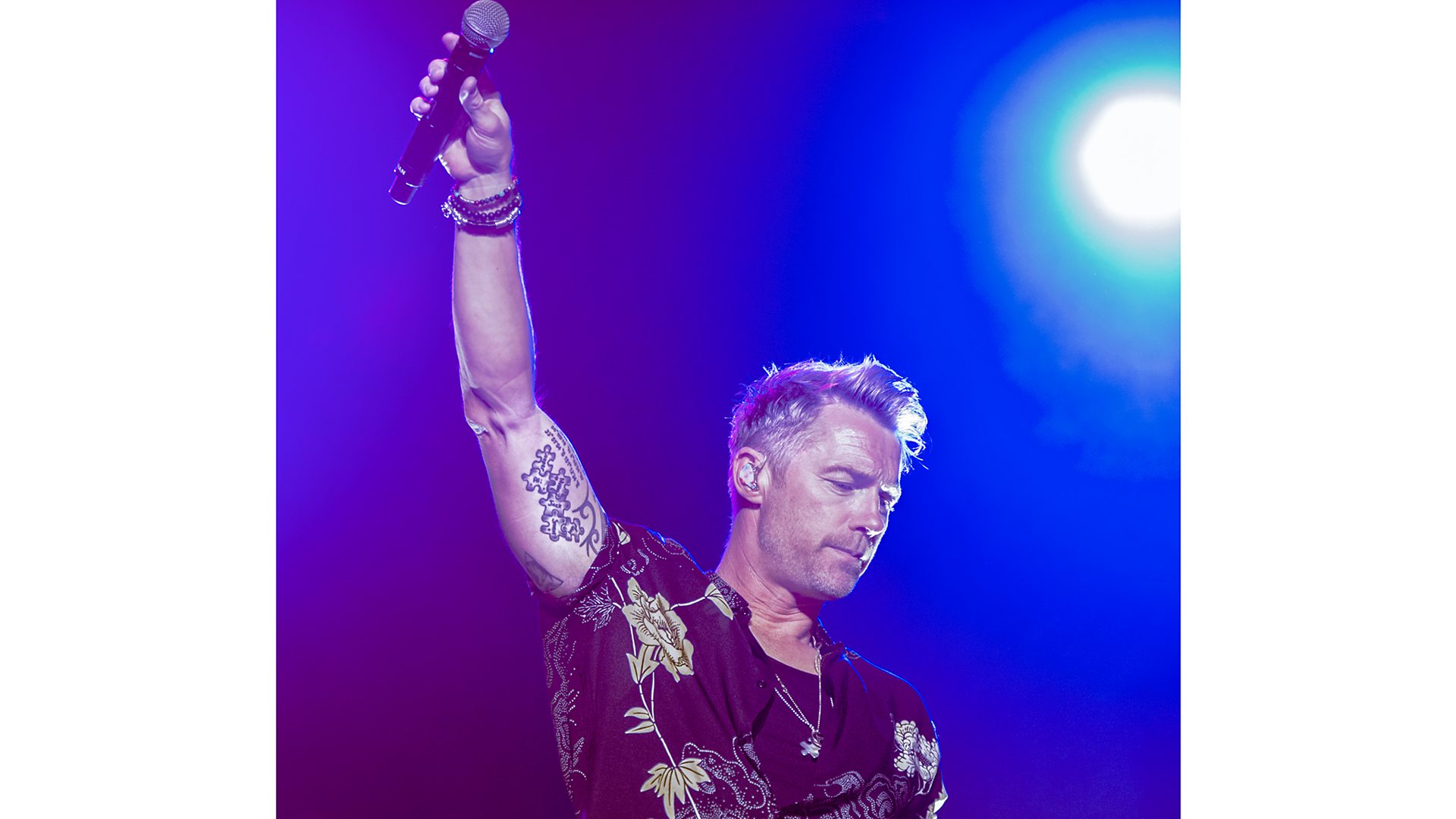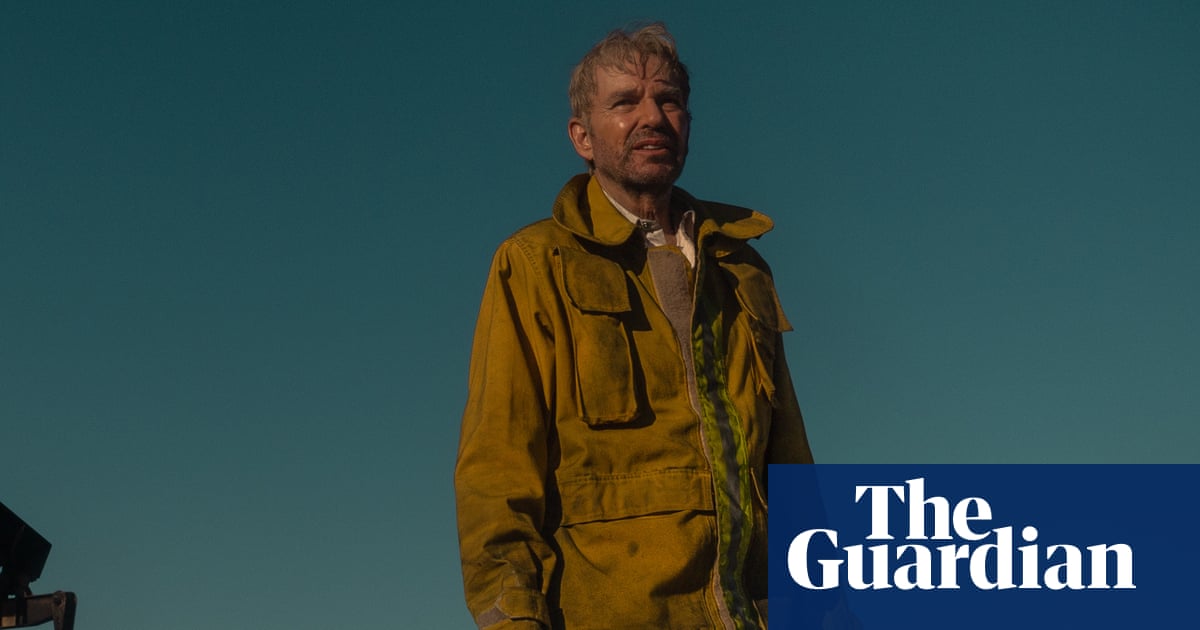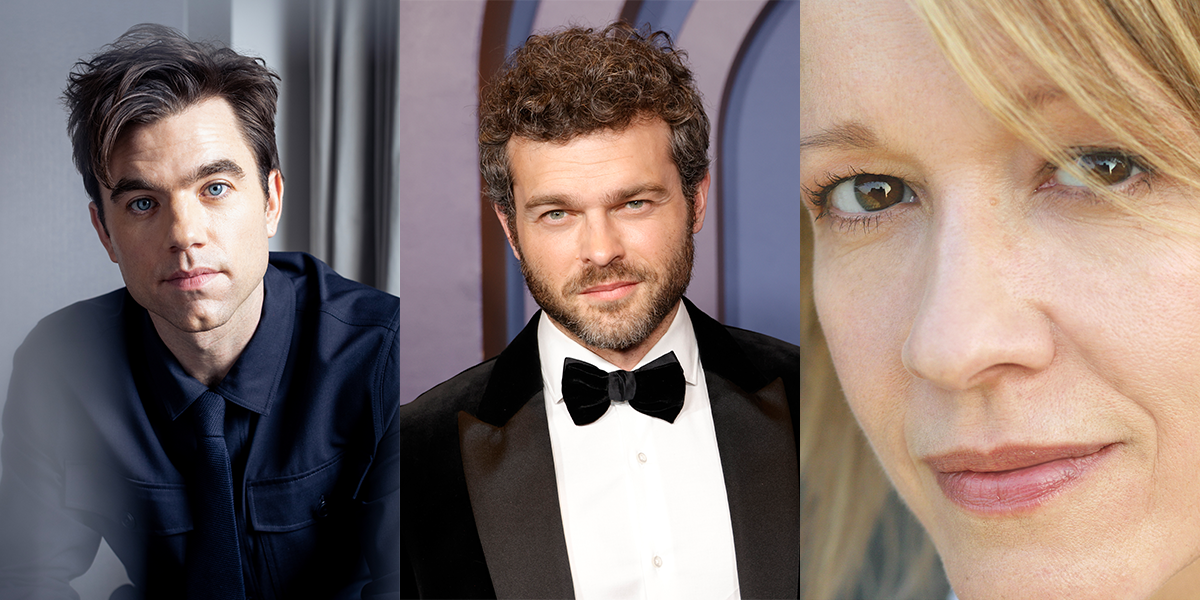Here & Now‘s Robin Young celebrates Jane Austen’s 250th birthday with Diana Quincy and Nikki Payne, two romance authors who contributed to the new book “Ladies In Waiting: Jane Austen’s Unsung…
Category: 5. Entertainment
-

2025 Fan Destinations You Had to See — Spotify
2025 Wrapped arrived last week bigger and bolder than ever. This year’s experience is designed to be ultra personal and shareable, with new features like Wrapped Party, Clubs, Fan…
Continue Reading
-

Ronan Keating to be joined by Boyzone, Louise, Shona McGarty and Calum Scott for New Years Eve on BBC One
This New Year’s Eve, global music icon Ronan Keating welcomes viewers to a night of music and celebration as he is joined by a stellar line-up of special musical guests for Ronan & Friends: A New Year’s Eve Party, airing on BBC One and BBC…
Continue Reading
-

King Charles ‘paid Andrew huge sums of money’ so he left Royal Lodge | Royal | News
King Charles paid Andrew Mountbatten-Windsor large sums of money to move out of Royal Lodge, it has been claimed. The former prince has lived in the mansion on the King’s Windsor estate for more than two decades but has faced significant…
Continue Reading
-

Regal Launches “Back to the Beginning” Series in January Featuring Origin Stories and Famous Firsts
KNOXVILLE, Tenn., Dec. 16, 2025 /PRNewswire/ — Regal is excited to launch its Back to the Beginning movie programming, a curated film series featuring origin stories and famous firsts, across the 31 days of January to…
Continue Reading
-

More than 90% of streaming shows created by white people, study shows | US television
Popular scripted series on streaming services showed a marked decrease in cultural diversity both behind and in front of the camera last year as Hollywood inclusion programs waned, a new study from the University of California at Los Angeles…
Continue Reading
-

KLCC Film Screening: Oregon’s Boat
What: KLCC Film Screening of “Oregon’s Boat – The Story of the McKenzie River Drift Boat”
Date: Sunday, February 22, 2026 at 6pm
Time: 6:00pm – 7:30pm
Where: Eugene Art House, 492 E. 13th Ave., EugeneDiscover…
Continue Reading
-

Winter Wander becomes a holiday tradition filled with love
What began as a festive stroll through twinkling lights has turned into something even more magical: love stories. Over its five-year run, the annual Winter Wander Trail of Lights at the Boar’s Head Resort has helped spark more…
Continue Reading
-

City of Toronto rings in 2026 with music, dancing and fireworks along the waterfront – City of Toronto
News Release
December 16, 2025
Toronto residents and visitors are invited to welcome 2026 with a vibrant, free New Year’s Eve celebration along the city’s waterfront, featuring live music, dance, pop-up performances and a dazzling…
Continue Reading
-

Patrick Ball, Alden Ehrenreich, Linda Emond to star in ‘Becky Shaw’ on Broadway
Second Stage Theater’s production, beginning performances at the Hayes Theater in March, marks the Broadway debut of Gina Gionfriddo’s Pulitzer-nominated comedy.
Second Stage Theater has set initial casting for Becky Shaw on Broadway, starting…
Continue Reading
